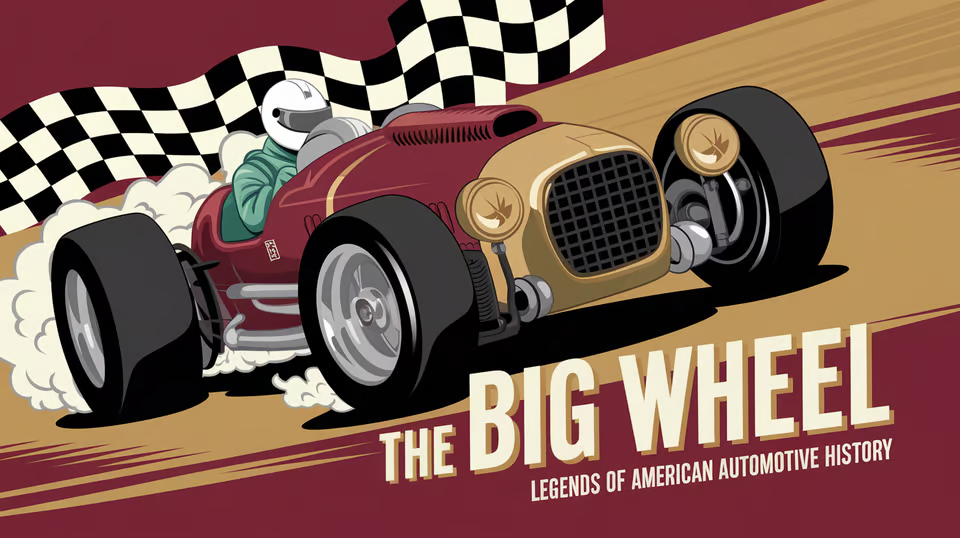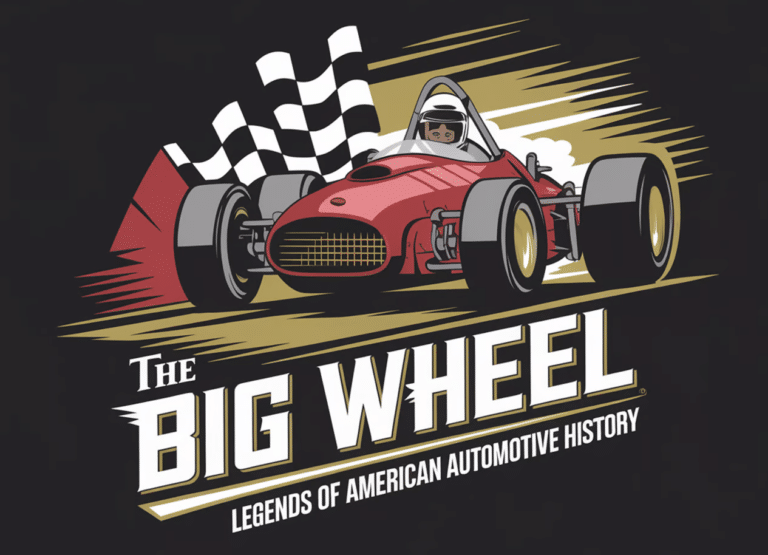F1 Canadian GP and Indy 500 Clash Every Five Years
The world of motorsport is buzzing after the big news: the 2026 Canadian Grand Prix will clash with the Indianapolis 500. This overlap has stirred up a lot of chatter among fans and insiders, with questions flying about scheduling, fan engagement, and the impact on both iconic events.
Officials have said this clash is just a one-time thing. It’s not supposed to become a regular headache for the racing calendar.
The Clash of Titans: Canadian GP and Indy 500
Contents
The Canadian Grand Prix and the Indianapolis 500 stand as two of the most legendary events in motorsport. The Canadian GP, hosted at Montreal’s Circuit Gilles Villeneuve, is a staple of the Formula 1 season and always draws an enthusiastic crowd.
The Indy 500, meanwhile, takes place at the Indianapolis Motor Speedway and is basically the crown jewel of the IndyCar series. It’s one of the oldest, most prestigious races out there—ask any driver, and they’ll say it’s the one they dream of winning.
Understanding the Significance
Both races pull in huge global audiences and bring their own flavor. The Canadian GP often shakes up the F1 championship standings, making it a must-watch for fans and teams alike.
The Indy 500 has a deep tradition and a history that stretches back generations. With both events happening on the same day in 2026, fans and participants might feel stuck choosing between them, and that could affect attendance and viewership.
Why the Clash Happened
The main reason for this scheduling mess? The motorsport calendar is a puzzle with a lot of moving pieces. Organizers have to juggle dates with teams, sponsors, and broadcasters, and sometimes there’s just no way around a conflict.
This time, the dates lined up in a way that couldn’t be avoided. Officials have made it clear, though, that this isn’t the start of a trend.
Official Statements
According to the official statement, this overlap won’t become a regular thing. They’re working to keep these kinds of clashes to a minimum.
The aim is to keep both events strong and popular, without forcing fans or teams to pick sides.
Impact on Fans and Teams
This overlap is going to hit fans and teams in real ways. Fans now have to decide which race to watch or attend, and that’s not an easy call for anyone who loves both.
Both races bring something special to the table and are circled on calendars every year. For teams, especially those with interests in both F1 and IndyCar, the logistics could get pretty complicated.
Fan Experience
Fans are the heart of motorsport, so their experience matters most. With both races on the same day, some will have to pick which one to follow live, and that could take away some of the usual excitement.
Still, with digital streaming and on-demand options, maybe it’s not a total loss—you can always catch up later, even if it’s not quite the same as being there in the moment.
Team Logistics
For teams involved in both series, this is a logistical headache. Moving equipment, lining up staff, and syncing schedules will take some serious planning.
They’ll have to make sure they’re ready for both events so neither performance suffers.
Future Implications
Even though this is supposed to be a one-off, it does make you wonder about the future of motorsport scheduling. Racing is global, and sometimes these overlaps just happen.
Maybe this situation will push organizers to find better ways to handle the calendar down the road.
Scheduling Solutions
To dodge future conflicts, motorsport leaders might need to get creative with scheduling. That could mean more flexible race dates, tighter coordination between series, and actually listening to everyone involved.
It’s all about building a calendar that keeps fans excited and helps every event thrive.
Technological Advancements
Technology could help soften the blow of schedule clashes, too. Better digital platforms, virtual reality, and improved broadcasting options can help fans stay in the loop for multiple events.
With these tools, maybe missing out on the action won’t feel quite so bad—even when the calendar gets messy.
Conclusion
The 2026 Canadian Grand Prix and Indianapolis 500 land on the same weekend. That’s a pretty wild situation for motorsport fans and teams.
It’s not ideal, but maybe there’s a chance here to rethink how these big events get scheduled. Who knows—maybe this overlap sparks some fresh ideas for the future.

